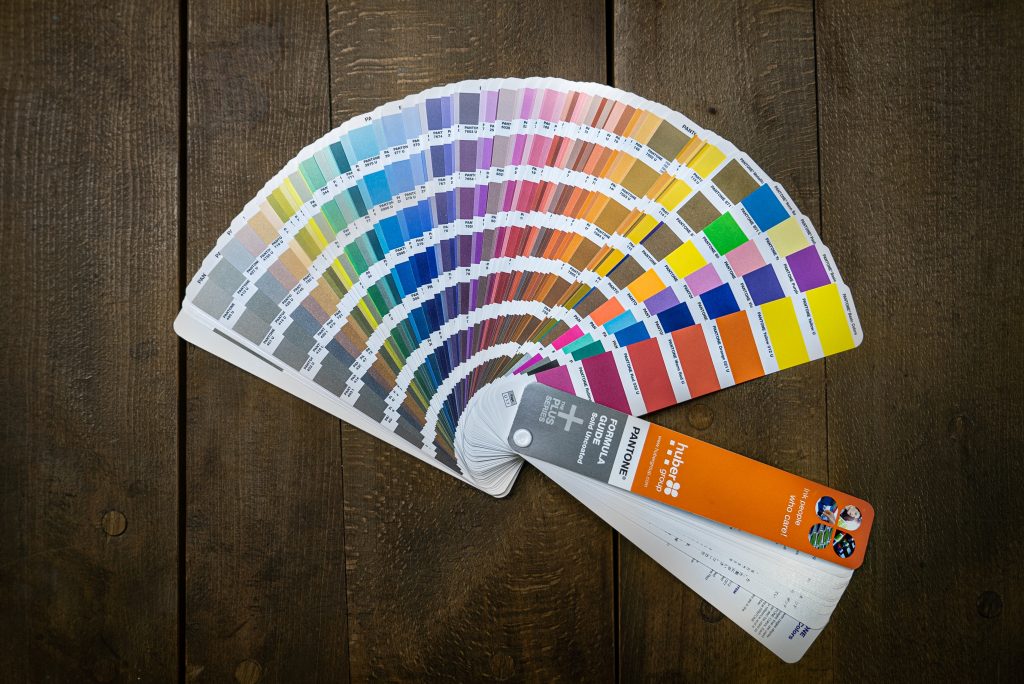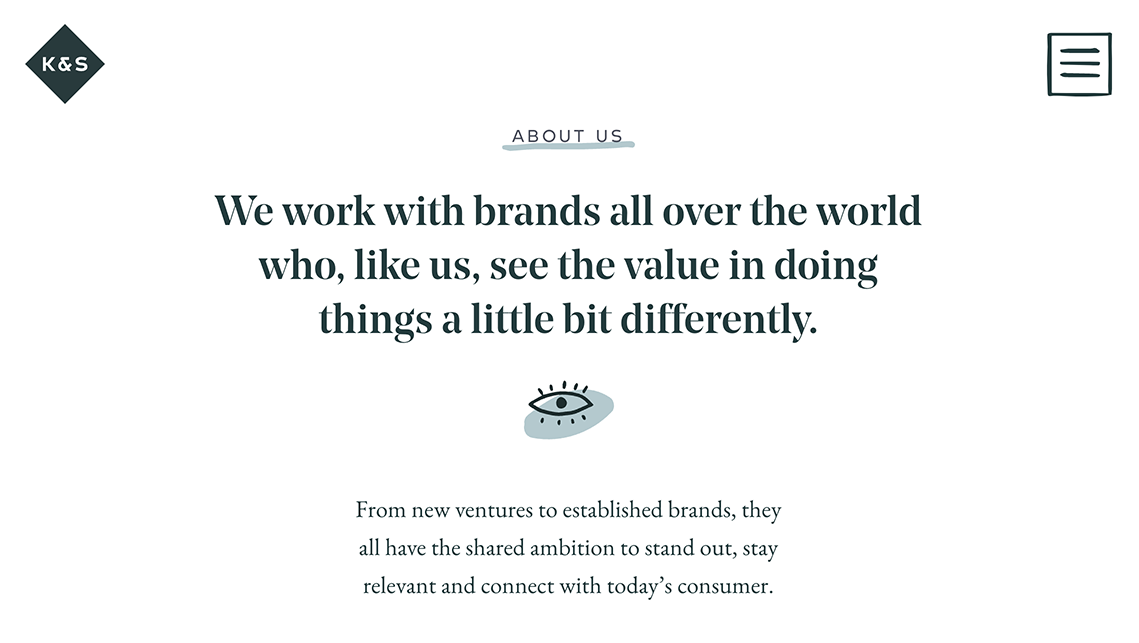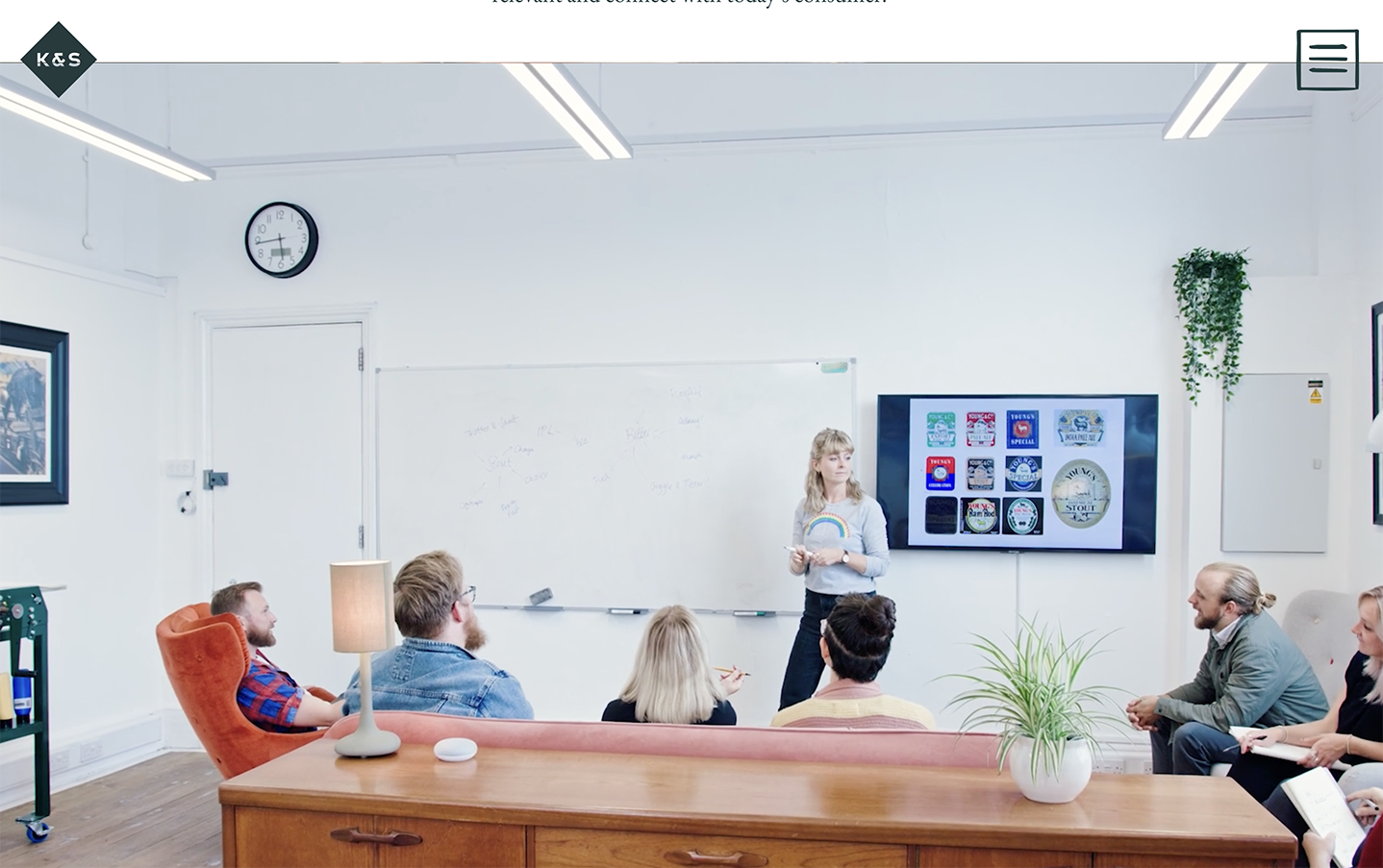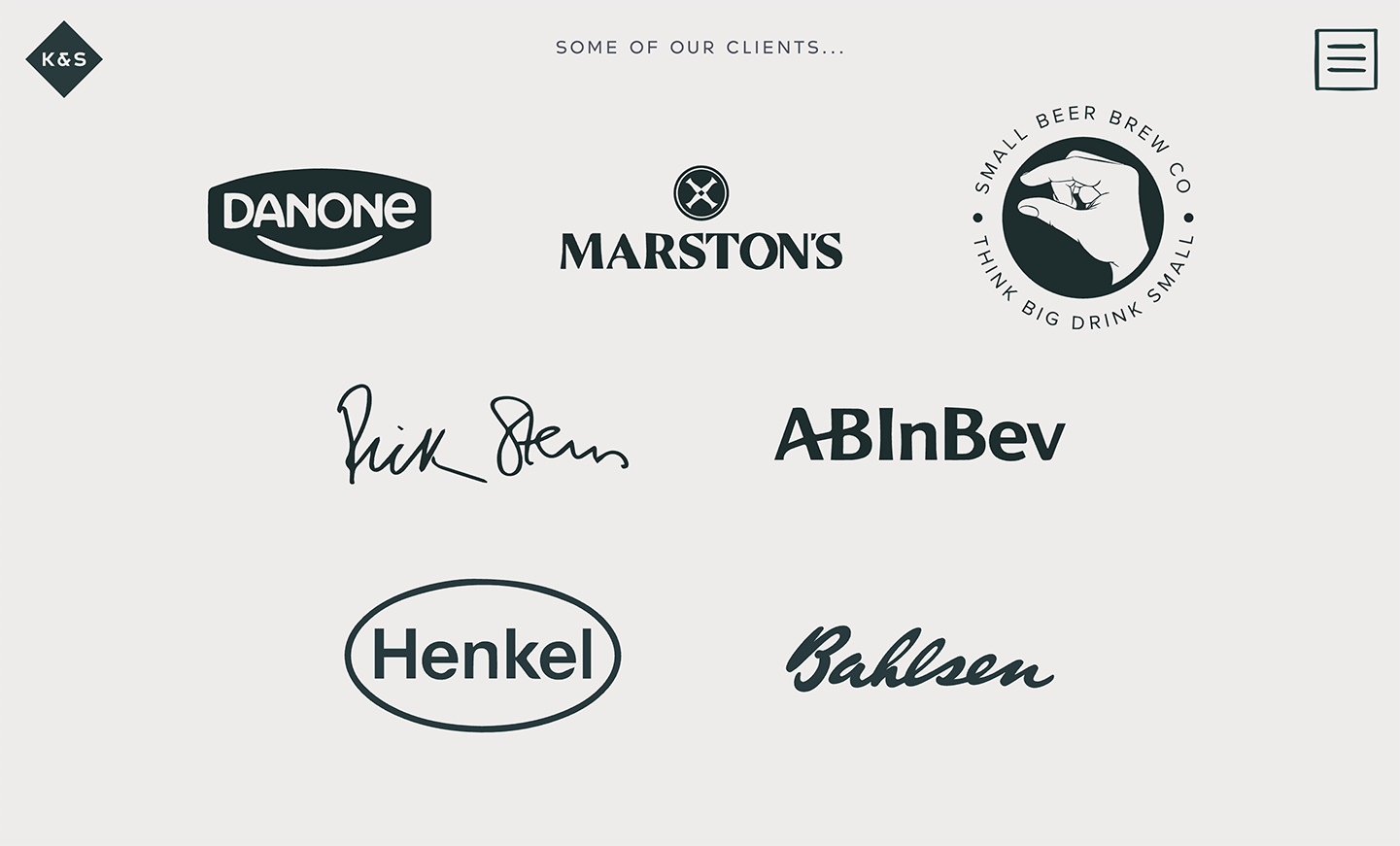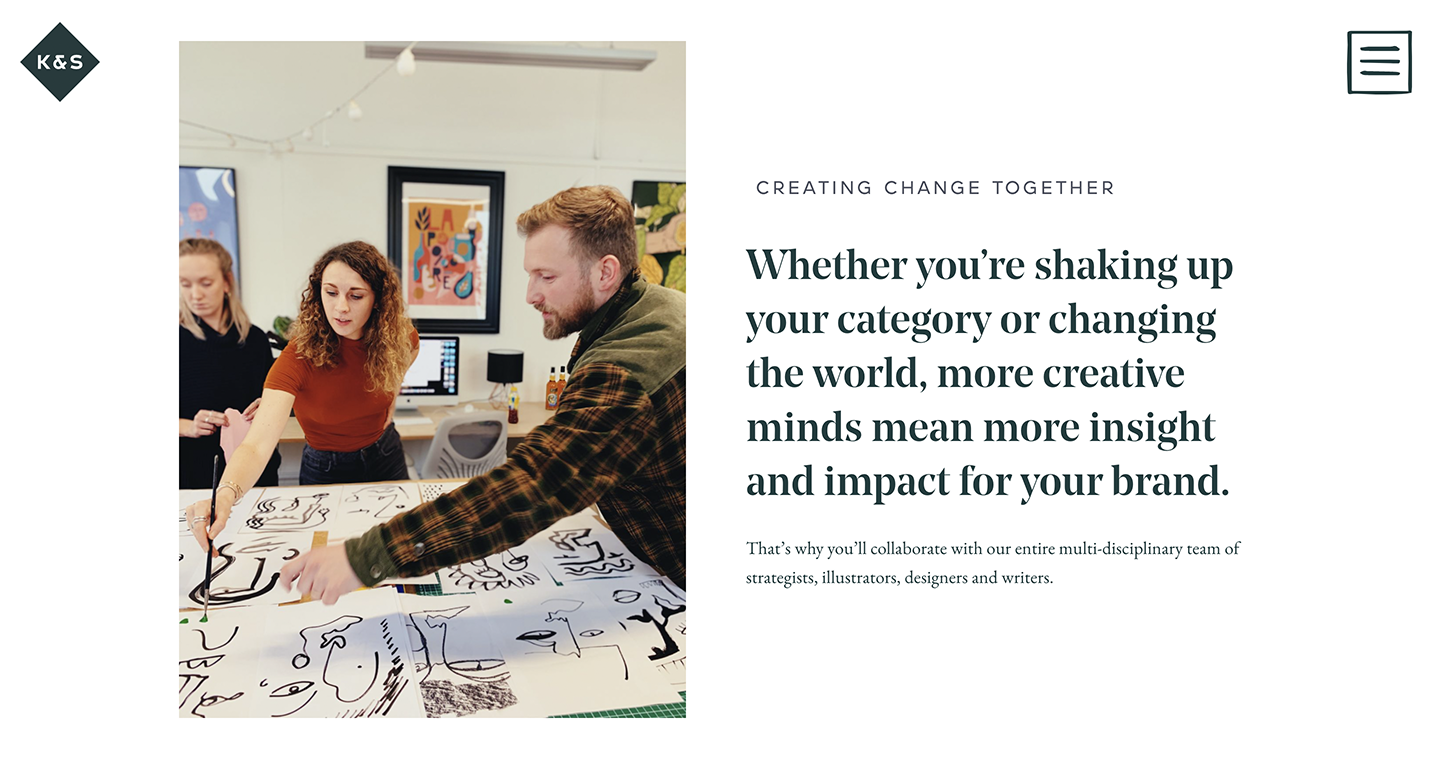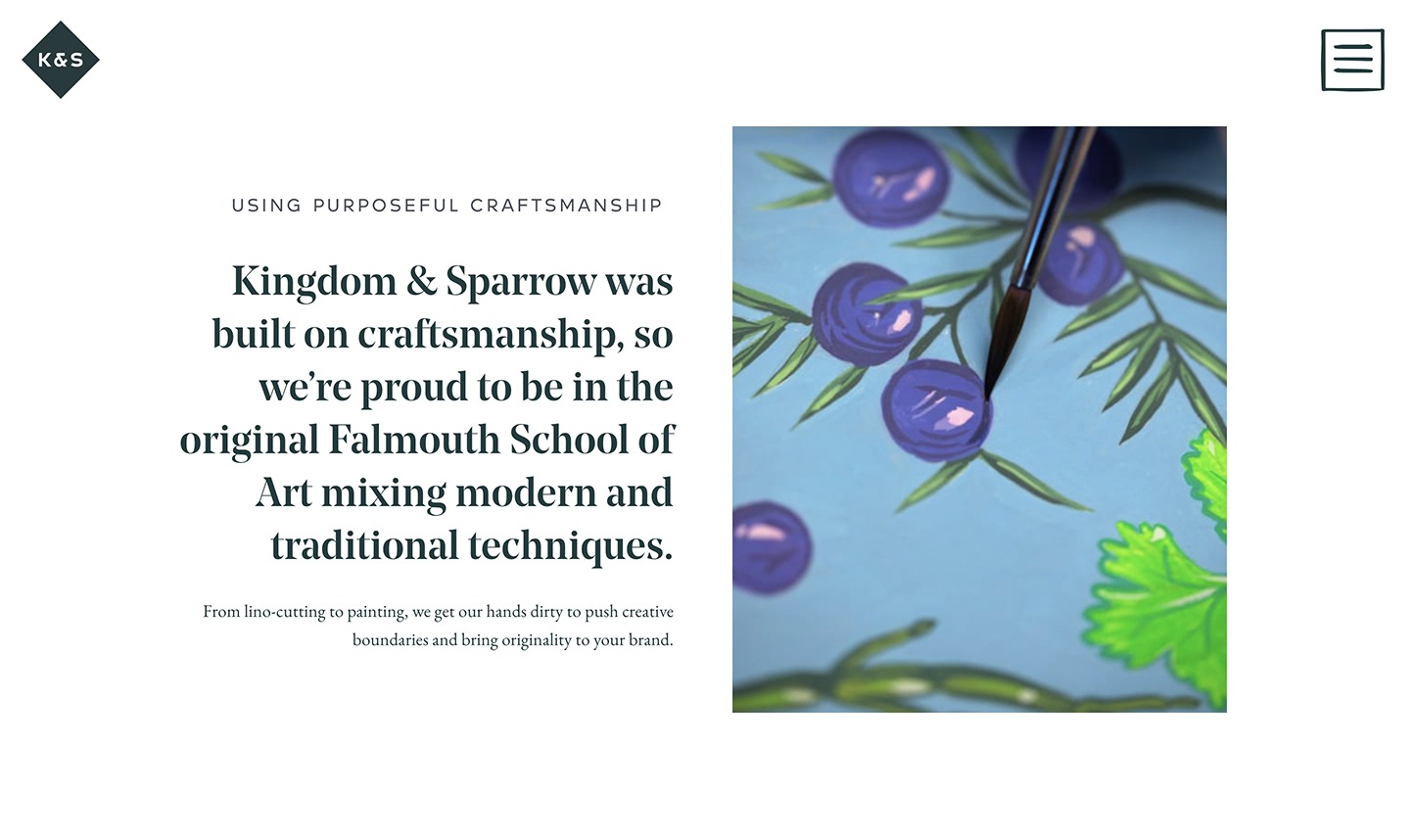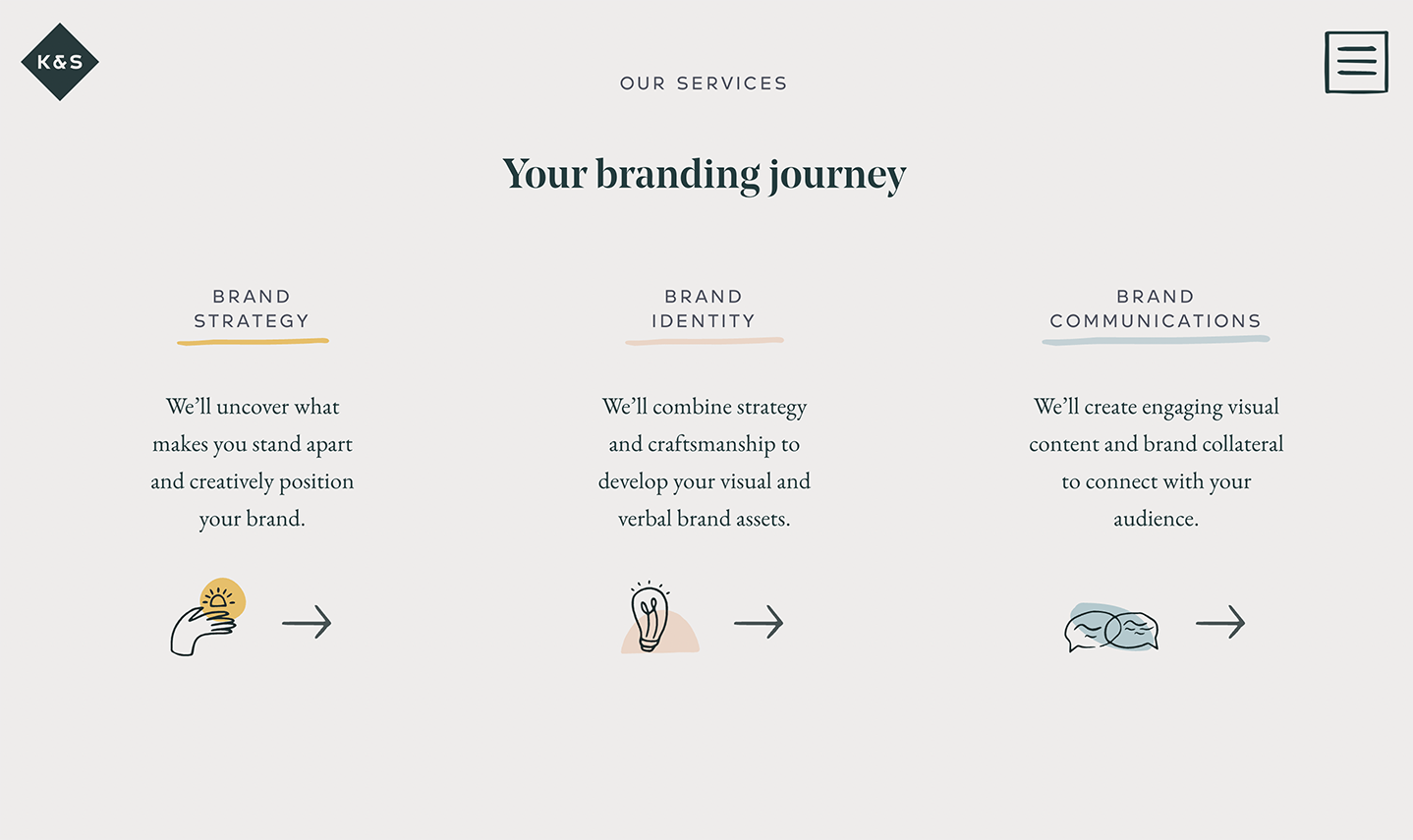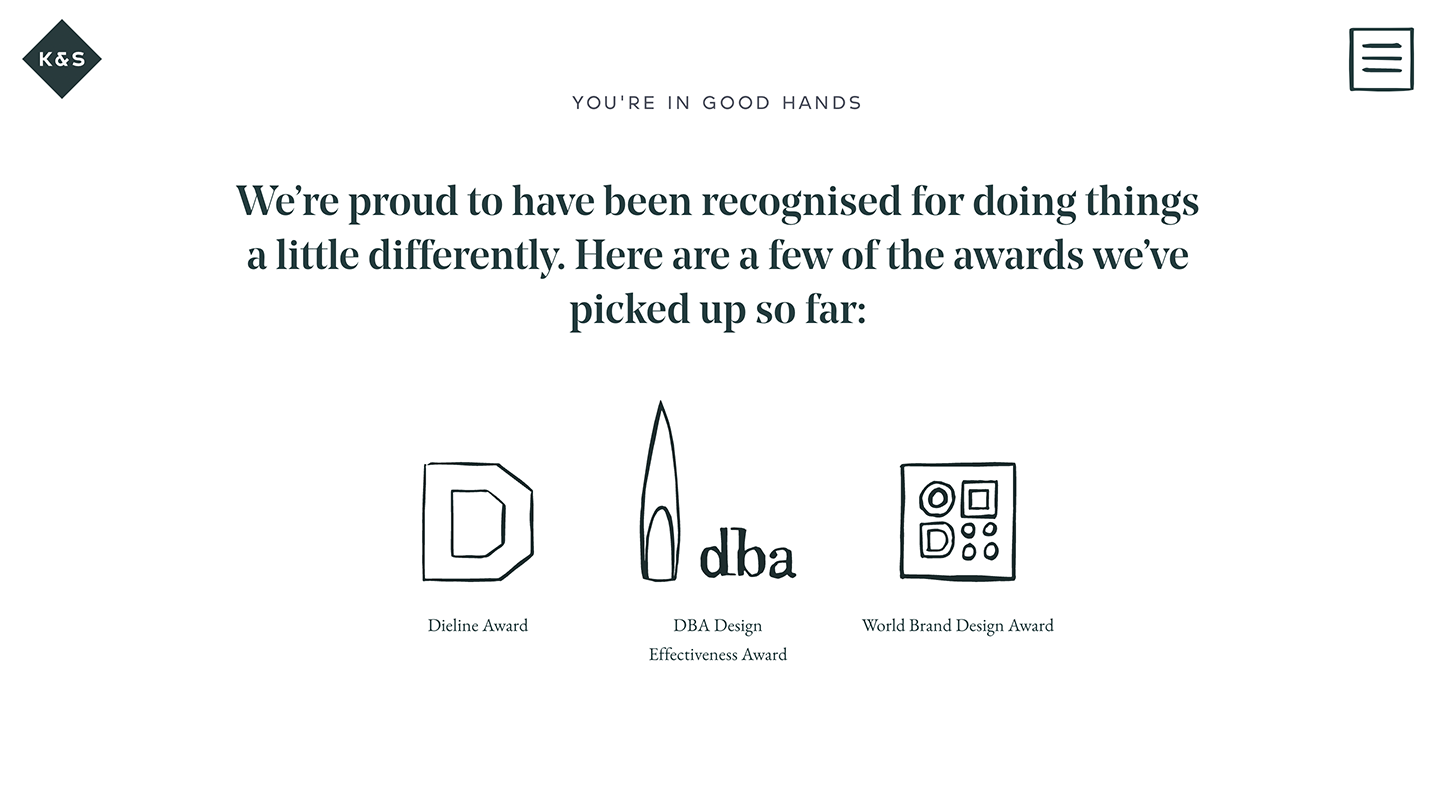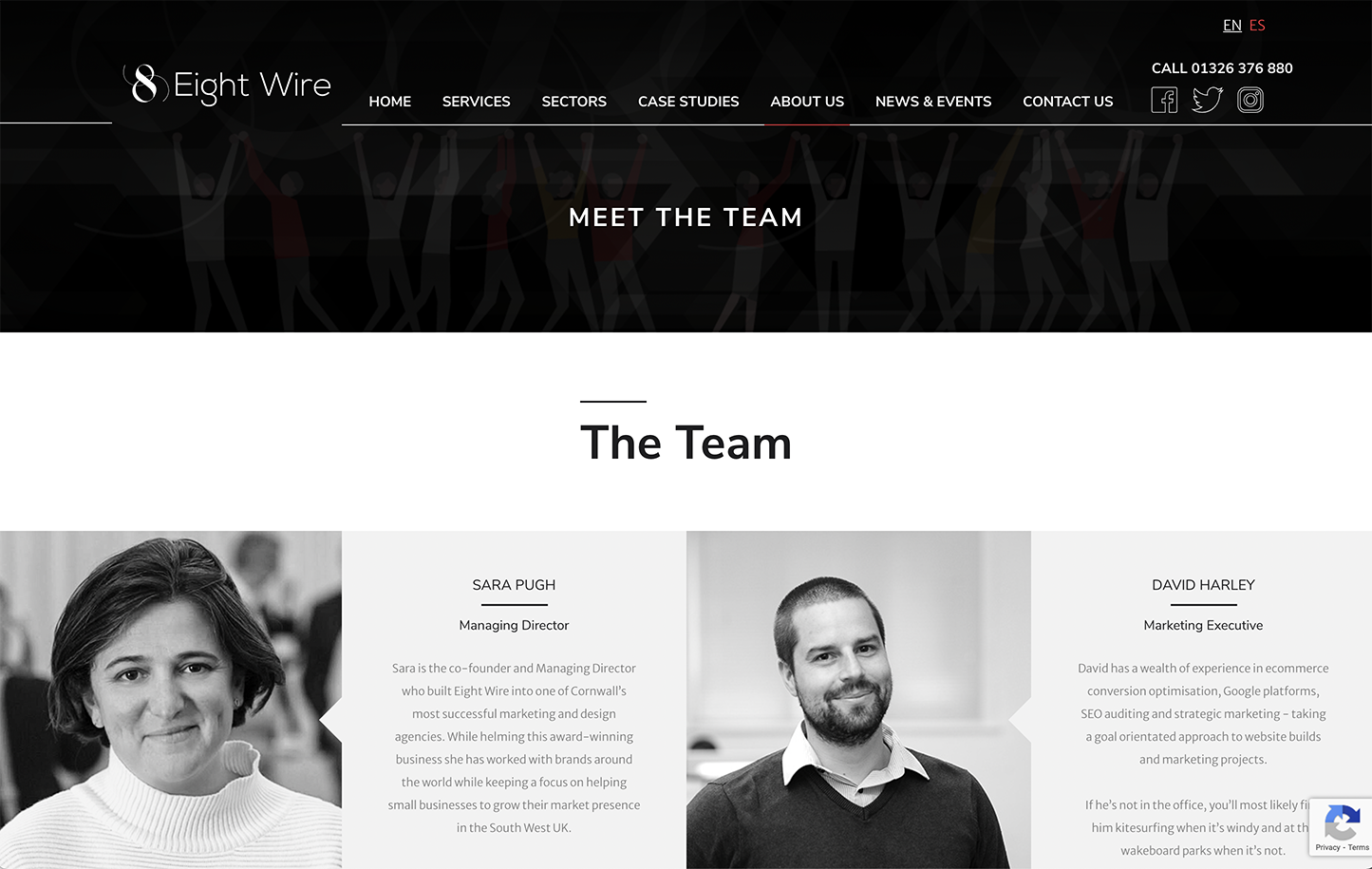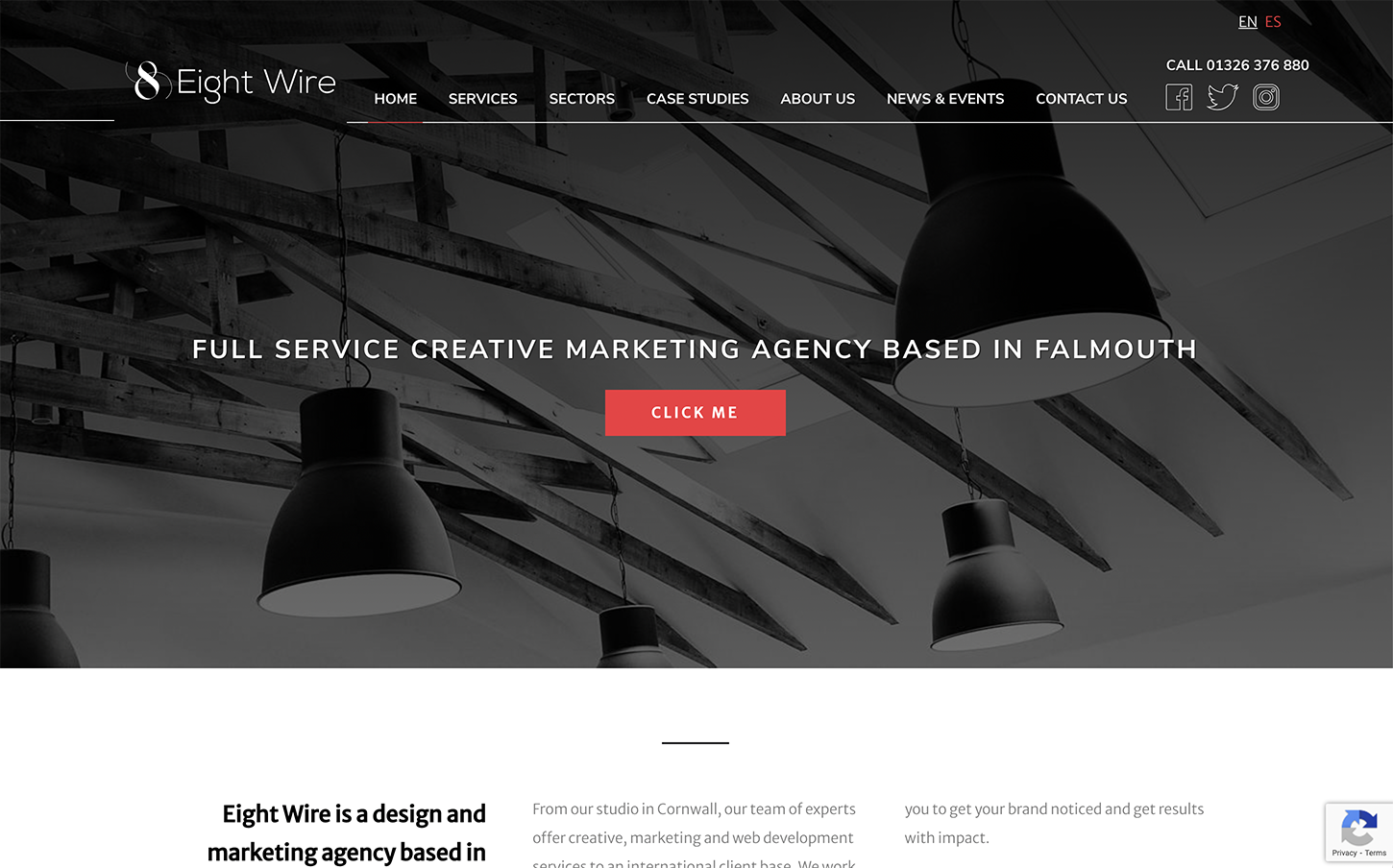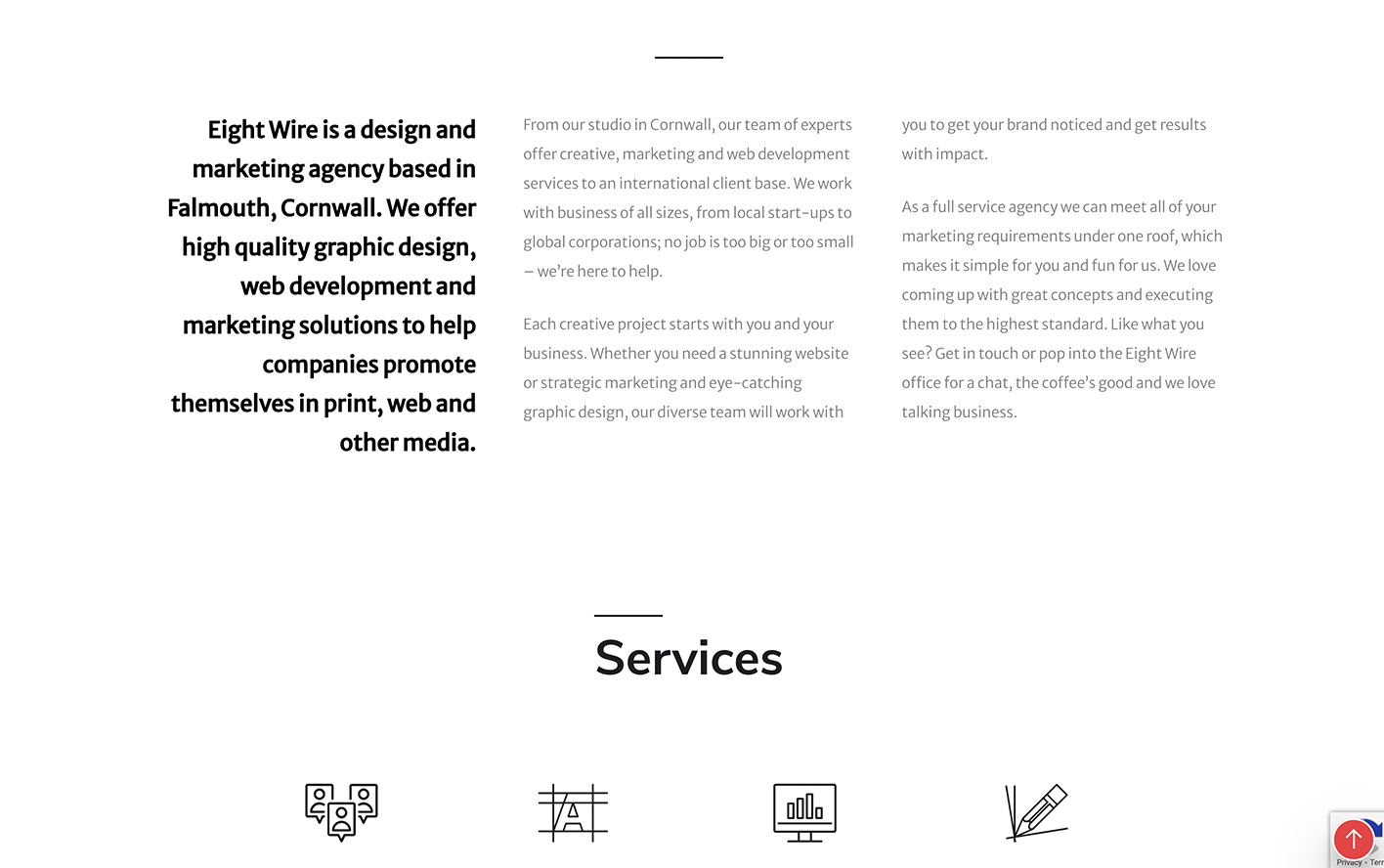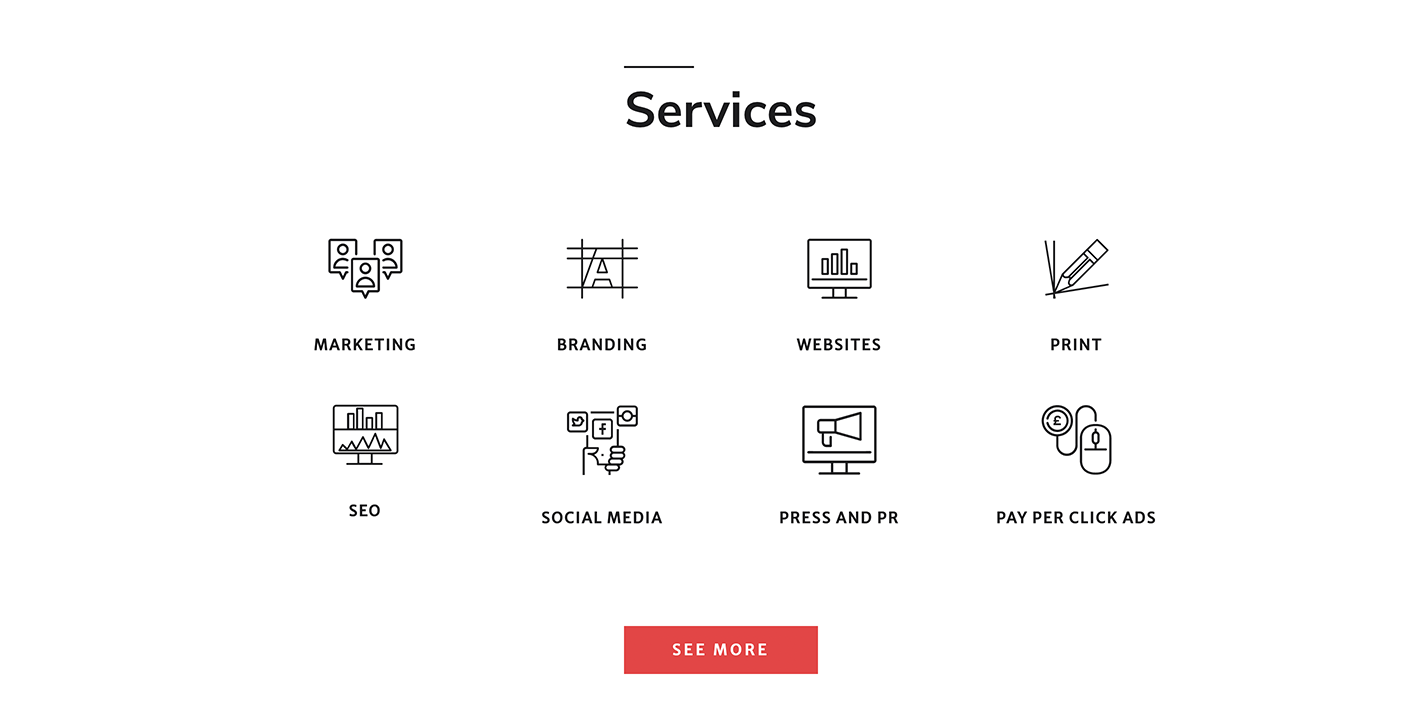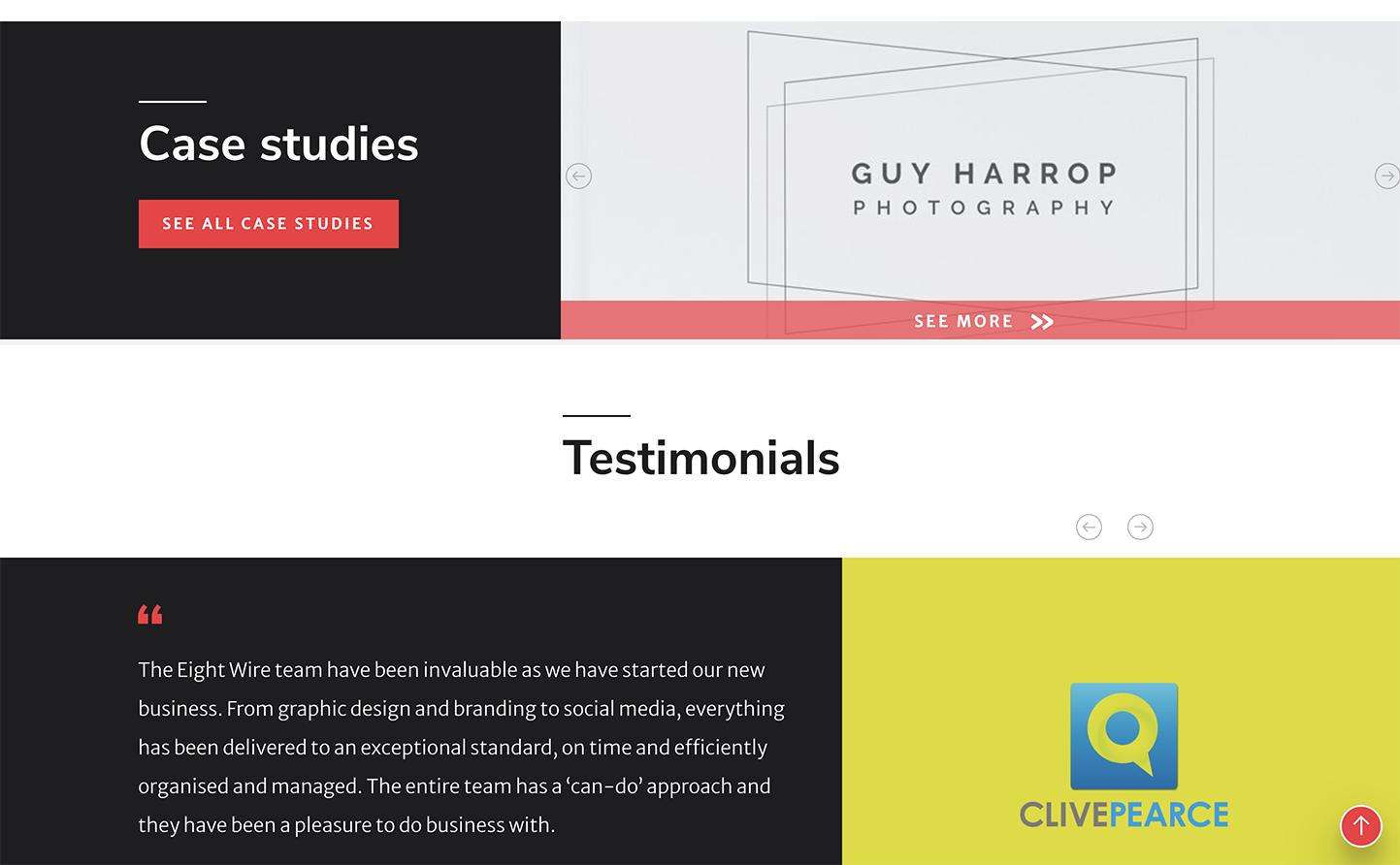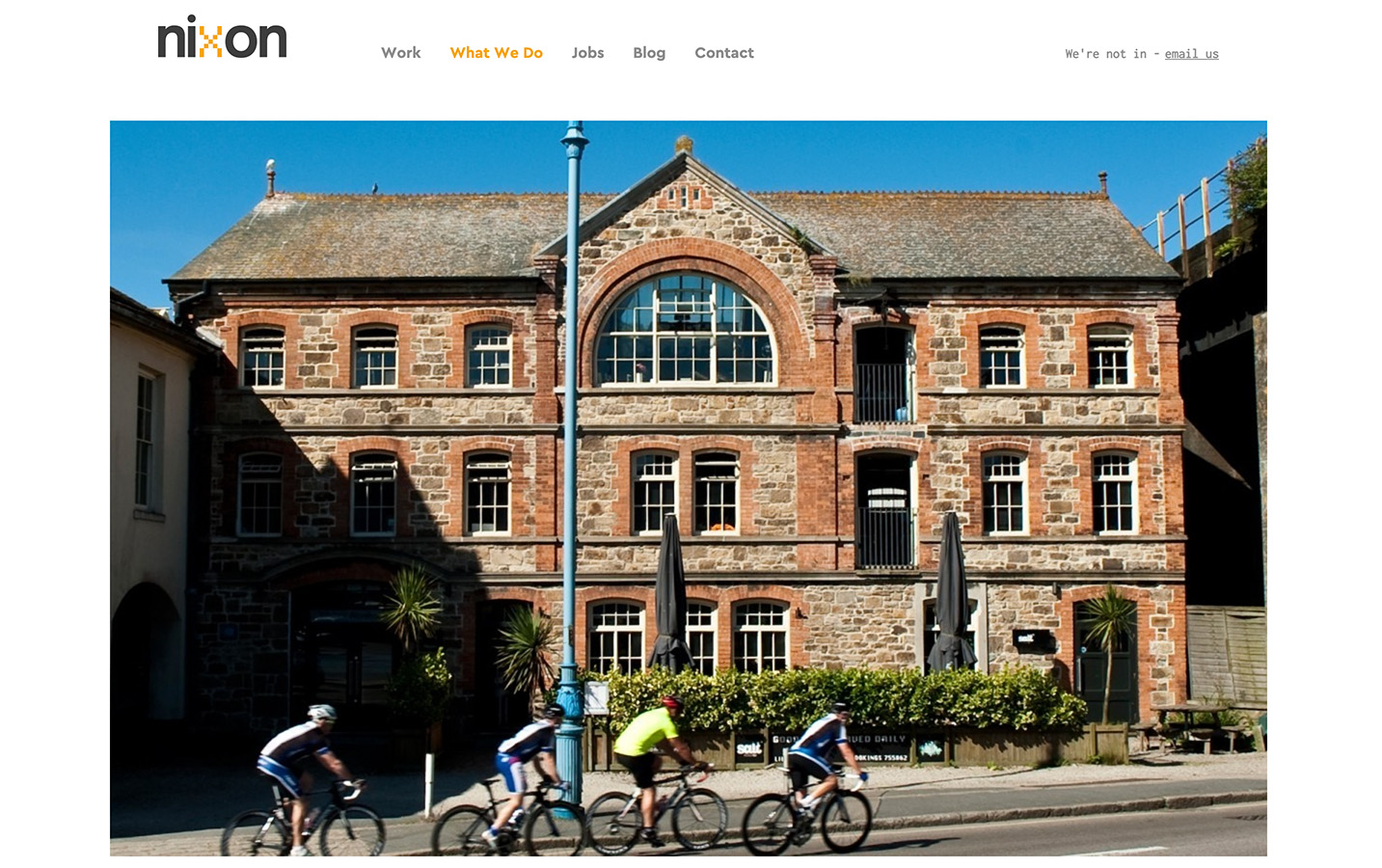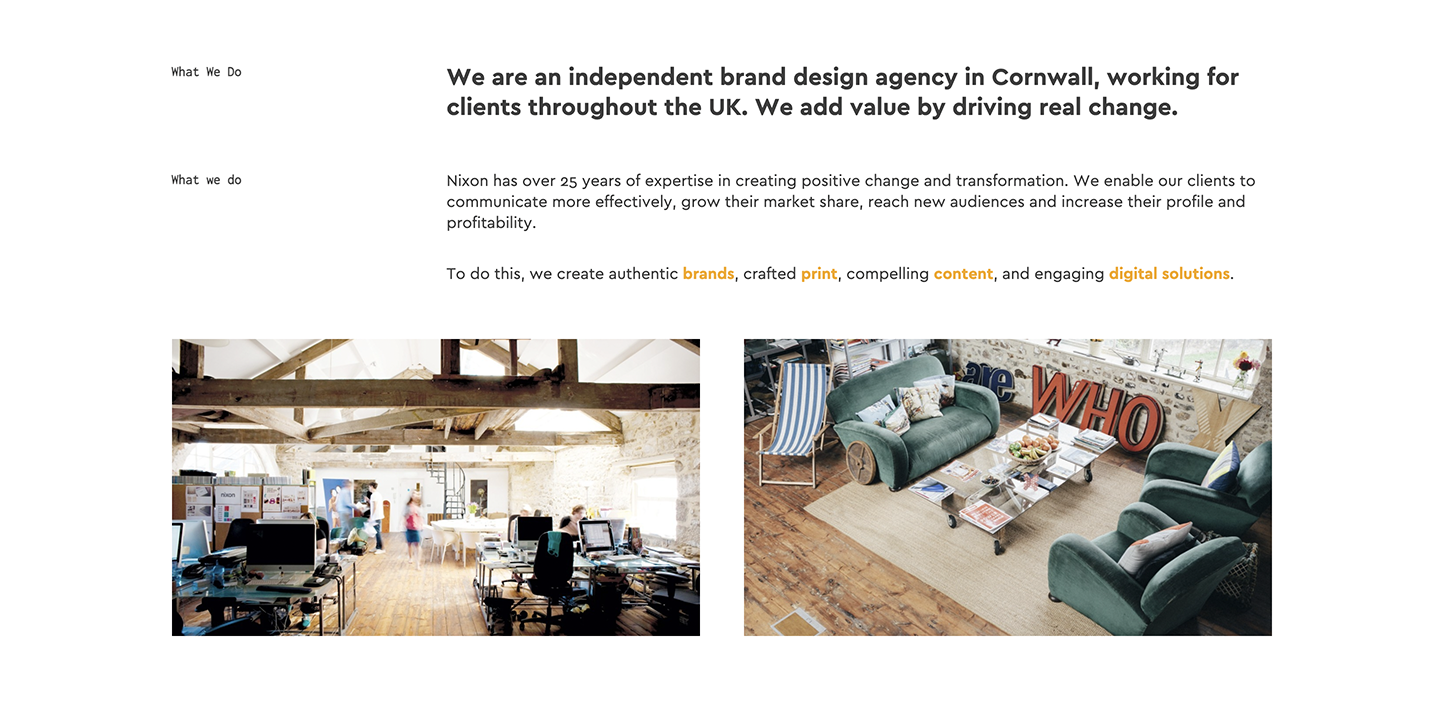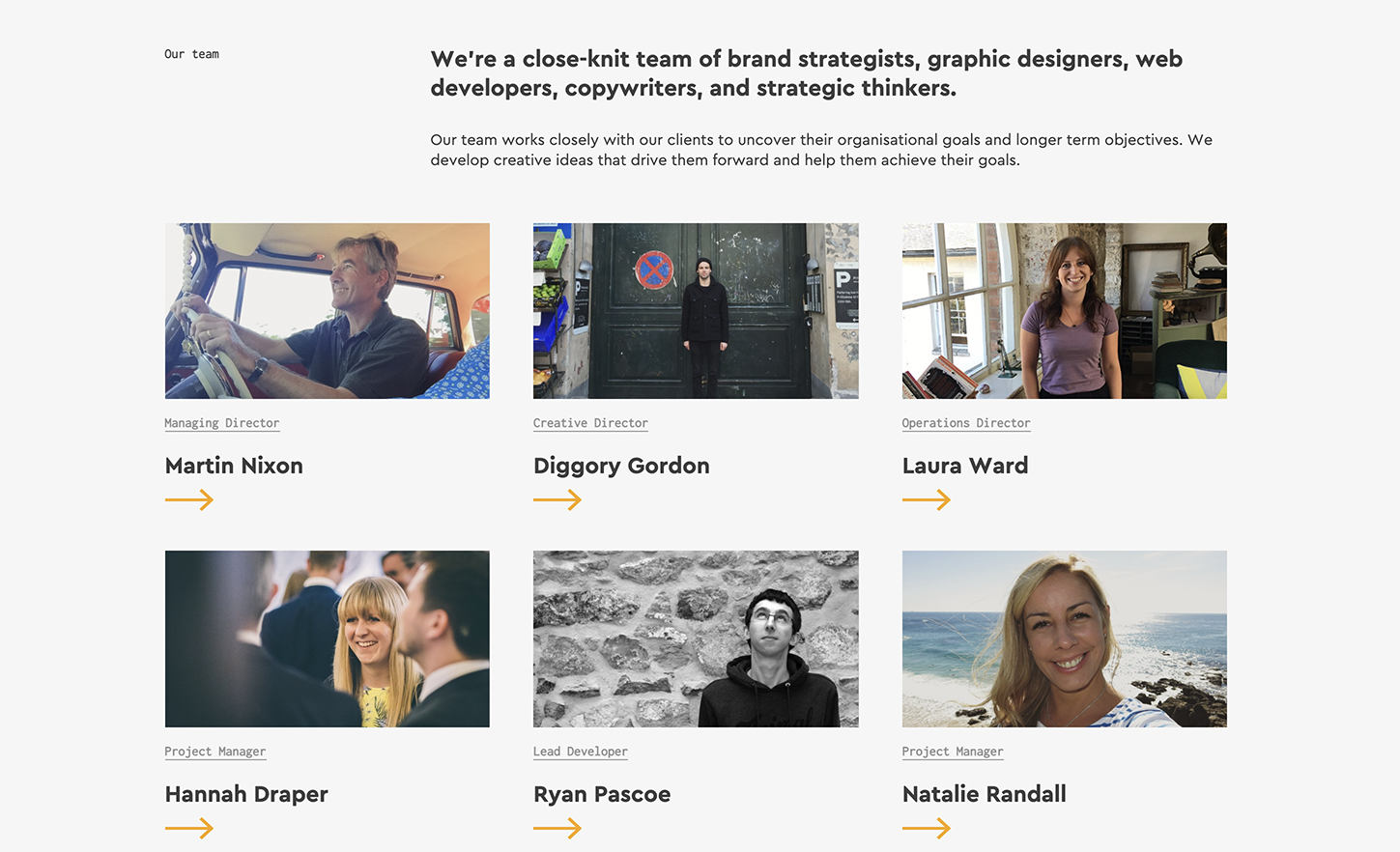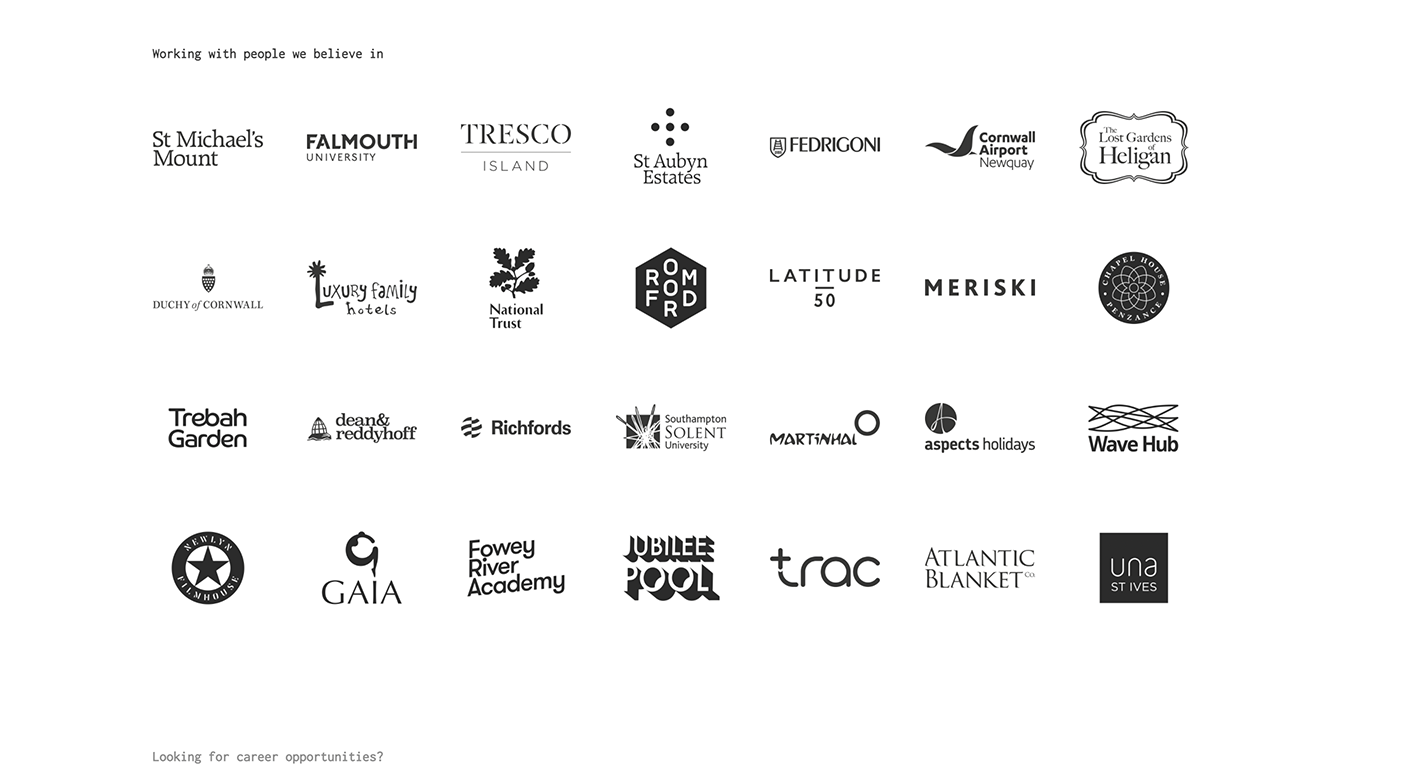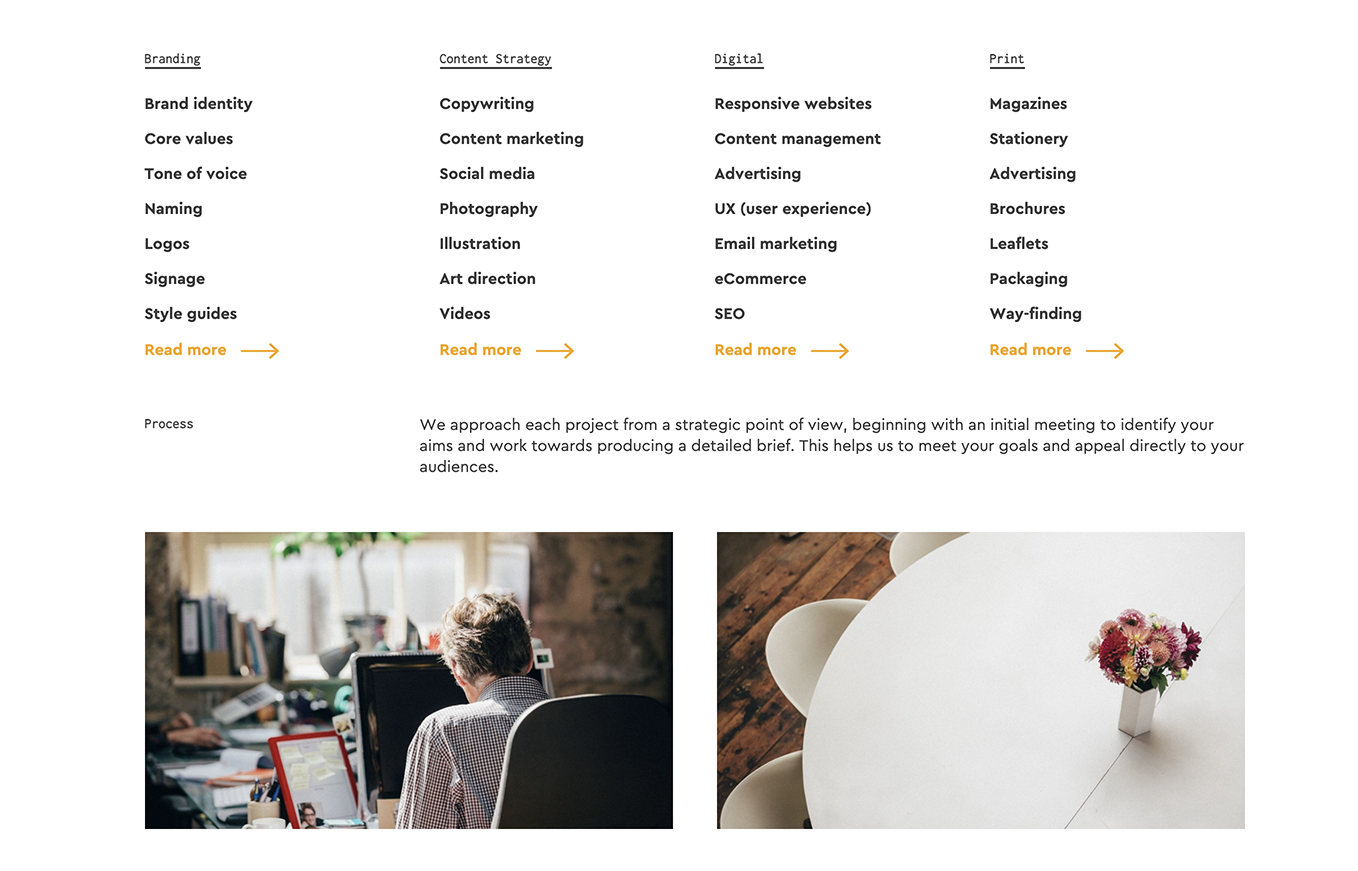Lecture with Lecture with Simon Manchipp, Sam Winston, Regular Practice, Sarah Boris and Intro Design
Lecture with Gem Barton
Brief 1: Business Foundations
- Research and analyse different models of creative practice;
- Distil your research and understanding into a personal outline for future development;
- Communicate your current positioning or one you would like to establish through a written ‘about paragraph’;
- Imagine translating your perceived design ethos and positioning to your defined audience.

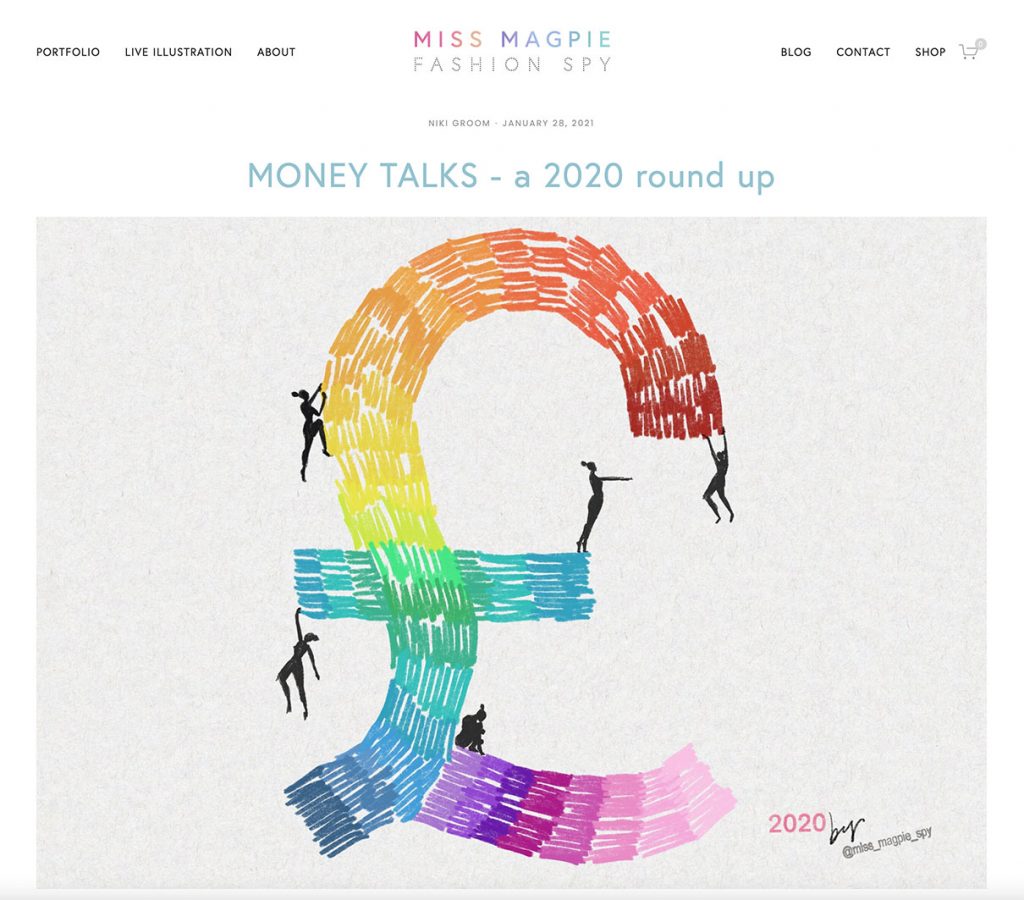
Miss Magpie Fashion Spy has a brilliant series called Money Talks on her blog. She talks frankly about the financial side of creative careers with artists, normally covering what they do, how they got into their job, and honest, bare numbers, earning history. They normally cover the last five years, and it is incredibly interesting to see how different people deal with their finances in such an open and honest way. It seems a scary thing to do, talking about money is socialised as quite rude and taboo. Most of the people she has interviewed so far have been illustrators, it would be really interesting to see what designers would have to say as well.
This has also really brought attention to the tendency to equate value and worth as a person with the amount of money you bring in. This is such a terrible way of thinking about yourself, but it is such a difficult line to tread. You need to value you yourself, to value your work and to charge enough to reflect that, but without tying it into your self-worth as well.
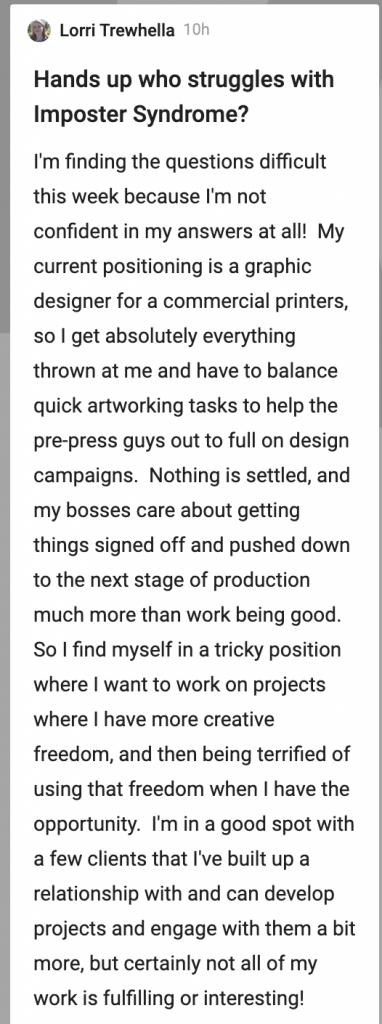
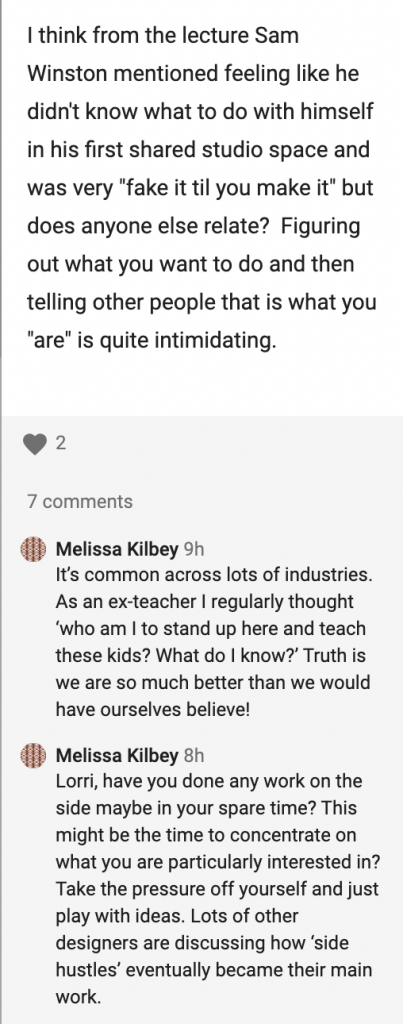

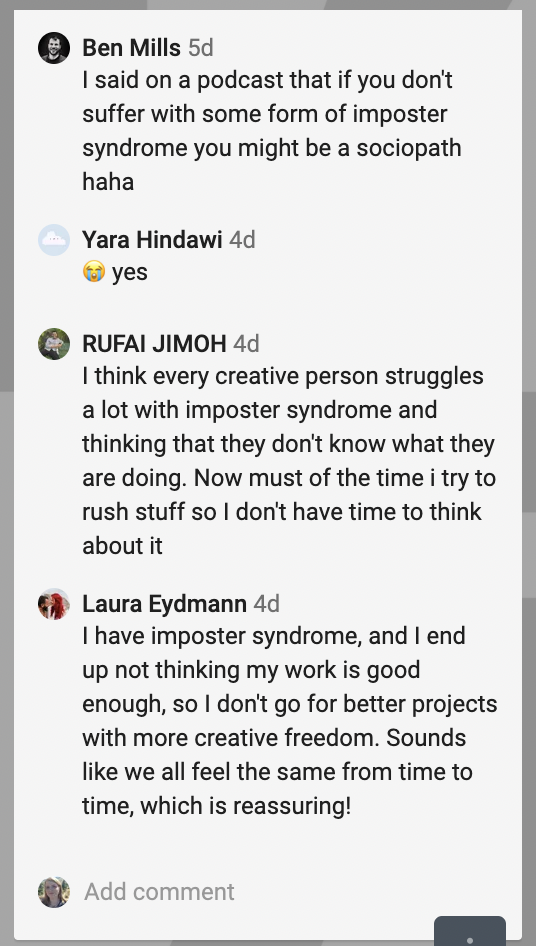
I posted about imposter syndrome on the Ideas Wall, and got the most feedback from any post I’ve added so far, so it seems like something a lot of people experience. From the lecture, Sam Winston spoke about feeling out of sorts in his first studio, that he had to “fake it till you make it” so it is worth remembering that the people you admire have similar struggles too. Focus on the work and everything else will fall in place.
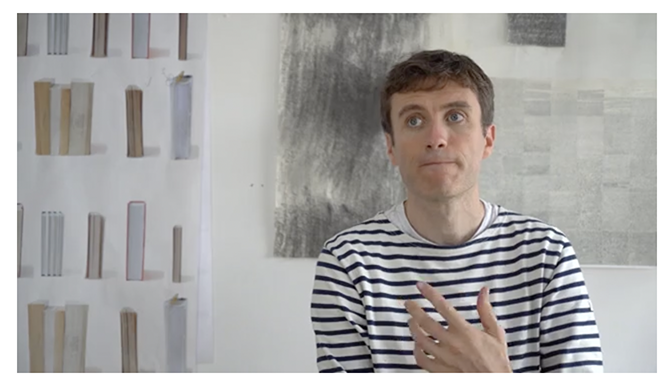
On the other hand – it is incredibly important to charge fairly and to protect yourself with proper contracts and business practices. This classic talk by Mike Monteiro covers a lot of important subjects, hitting major points such as things that can and will go wrong, and how to protect both yourself and the client in a working relationship. I have an added complexity to any sort of freelance or self employment venture as I am a US citizen living in the UK. America has some incredibly far reaching tax laws that I would need to keep on top of in a different way, so an accountant who is familiar with international tax law would be a necessity as well.
Workshop Challenge
How do you translate your perceived design ethos and positioning to your defined audience?
Revisit the geotagging workshop challenge from Week 2 of the Contemporary Practice module, and explore different studio philosophies through their about button and company statement.
Write an ‘about’ paragraph – an elevator pitch on either your current positioning or one you would like to establish. You may choose to take a speculative approach and envision your global dominance as a design studio superpower. Or as a more humble sole trader who works in a freelance capacity. Have your values changed since beginning the course? Is there a strategic approach your company would communicate to potential commissioners or clients?
Please consider the following in your approach:
– What is the idea?
– How does it work?
– Why does it work?
I went back to look at the studios I covered in GD710.
Kingdom & Sparrow have redesigned their website since I last looked at it. Their about page now focuses on who they work with, collaboration, purposeful craftmanship and creative wellbeing. They’ve updated it with integrated video content and charming hand drawn illustrations as well. There is a good sense of personality, charm and warmth in their about page.
8 Wire jump straight to staff bios for their about page, but keep their company statement front and centre on the first page of their site. They focus mostly on their services and offerings, rather than an ethos as a studio. They use case studies and testimonials to great effect, but come across a bit more sterile. I’d like to use more personality when I am working on my own about paragraph.
Nixon’s about page is instantly anchored in their location. They emphasis their experience and position themselves as a brand design agency, then focus on staff bios, brands they’ve worked with and a more in depth overview of their offering. Their front page also uses a video background to good effect, grabbing your attention and showcasing work and their location.
None of the studios I looked at used a concrete “about” section. They all used their company statements or about sections in a more fluid way that let them bring attention to their work and staff in different ways. This is interesting to keep in mind as I develop my own elevator pitch.
This is difficult as I don’t have a clear outcome in mind. I’ve narrowed it down to four options:
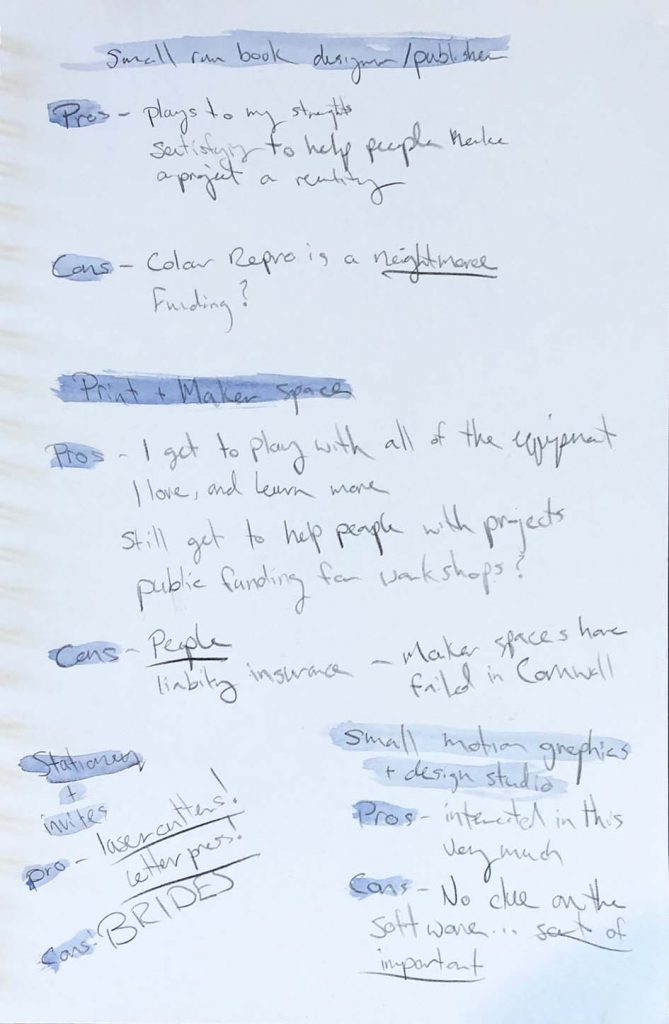
Idea one:
Small-run art book designer/publisher – focusing on texture and tactile experience as well as collaborative work with artists, illustrators, photographers and designers. High quality production including a focus on speciality papers and finishes, hand printed or letterpress embellishments, embossing, paper cutting and pop up techniques.
Pros: Plays to my strengths as a print designer, incredibly satisfying to help people put together long projects
Cons: Working with artists on colour reproduction is a complete nightmare. Funding is also a huge question
Idea two:
Running a small art focused maker space and design studio. Collaborative and open to the community, we would give people the opportunity to engage with unusual printing and production methods. An art, design, education and event space all in one. The focus would be on workshop space, drop in sessions, after school activities and commercial availability. Ideally offering equipment such as laser cutters, 3D printers, Risograph printing, letterpress, screen printing and traditional graphic design.
Pros: I get my grubby mitts on all of the stuff I want to play with, possibility of public funding if I lean into the community maker space idea rather than a personal studio that is occasionally used for workshops.
Cons: I have to deal with people, liability insurance may be an issue, and maker spaces have not been successful in Cornwall so far
Idea three:
Bespoke stationery and invitations
Pros: I enjoy creating stationery and invitations, ideally letterpress and laser cut
Cons: Market is saturated, dealing with bridal stationery is very stressful
Idea four:
Small motion graphics and design studio
Pros: Very interested in motion graphics, work could be more isolated as I prefer or could collaborate with a partner or small group
Cons: Am not currently proficient with motion graphics, which is quite important…
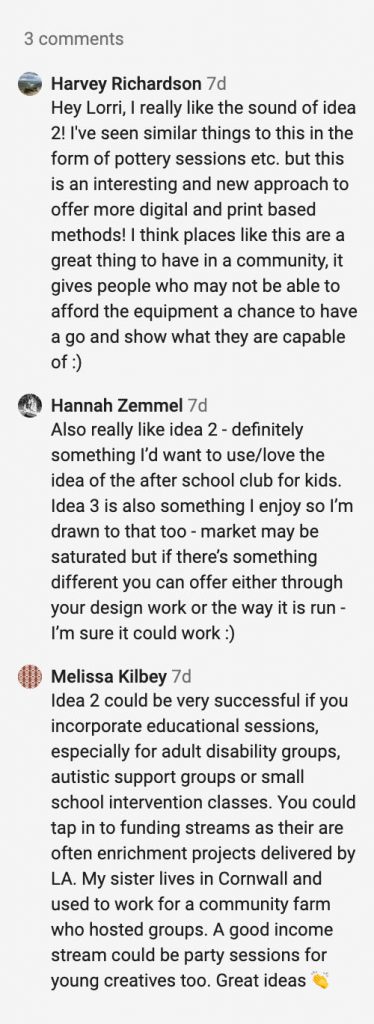
I posted these options on the ideas wall and got positive feedback about the second option. I think given no budget constraints or outside considerations, this is the sort of project I would love to develop and work on. Why not aim for a total overhaul of my working goals and aspirations if I’m going to be doing a speculative elevator pitch anyway? I’ve started a list of the things I want to do vs the things I definitely do not want to do.
Love working on:
Publications
Books and collaborative projects with artists
Creative print design
Paper engineering
Illustration
Small animations – motion graphics is an interest but needs development
Printmaking
Helping people to create something they are passionate about
Hate working on:
Branding and logo design
Fussy colour reproduction for artists who are mean (will move heaven and Earth for nice people)
Clients who expect me to mind read or write copy when that wasn’t in the job scope
Corporate clients who don’t listen or keep to deadlines and pile stress on that could have been avoided if they read their emails
I can see that there is scope to fold my interests from ideas 1-4 into a larger project. I would be free to run a small design studio while also offering collaborative community design space. A chance for people to try equipment or techniques out for themselves, or to work with me to develop and produce small runs of bespoke printing. I could focus on the more creative side of print production while running workshops and collaborating with other creative professionals.
Oberi Studio – We are a small art focused maker space and design studio. Collaborative and open to the community, we give people the opportunity to engage with design. We run workshops in printmaking, Risographs, letterpress, lasercutting and more! Bookable studio time is also available once you have taken a workshop or induction session. Feeling overwhelmed? Our professional designers can take the wheel. Whether you want to commission us for a bespoke job or want to get your hands dirty, we can help you make that special project a reality.
Reflection
This week has been challenging. I’m not really a business oriented person, having had bad experiences in the past. I’m starting to get a bit more enthusiastic about my idea though, and perhaps I’ll be able to develop it in a way that isn’t as intimidating to me.
References
“A New Generation of Branding Agency: Kingdom and Sparrow.” 2021. Kingdom & Sparrow [online]. Available at: https://www.kingdomandsparrow.co.uk/ [accessed 2 Jun 2021].
BAUMEISTER, Mika. 2020. White Blue and Red Round Paper. Unsplash.com. Unsplash. Available at: https://unsplash.com/photos/O91CMFew8mY [accessed 14 Aug 2021].
BORIS, S., FINN, T., HOUSE, J., MANCHIPP, S., SOELLING, K., WINSTON, S. 2021. Week 1 [lecture]. GDE710 for MA Graphic Design. Falmouth: Falmouth University 2020 [Accessed 1 June 2021]
COMPUTER ARTS. 2016. “How to Launch and Run a Design Studio.” YouTube. Available at: https://www.youtube.com/watch?v=m4USCXMS7BY [accessed 3 Jun 2021].
“Eight Wire | Full Service Creative Marketing Agency Based in Falmouth.” 2019. Eight Wire [online]. Available at: https://eightwire.uk/ [accessed 2 Jun 2021].
“Graphic Design Quote | Design Quotation Template – Bonsai.” 2021. Bonsai [online]. Available at: https://www.hellobonsai.com/a/graphic-design-quotation [accessed 6 Jun 2021].
MAGPIE, Miss. 2021. “Miss Magpie Fashion Spy.” Miss Magpie Fashion Spy [online]. Available at: https://www.missmagpiefashionspy.com/blog/money-talks-2020-illustrator-finances [accessed 1 Jun 2021].
“Nixon Design.” 2021. Nixon Design [online]. Available at: https://www.nixondesign.com/what-we-do [accessed 2 Jun 2021].
“The Design Economy 2018.” 2018. Design Council [online]. Available at: https://www.designcouncil.org.uk/resources/report/design-economy-2018 [accessed 20 Jul 2021].
